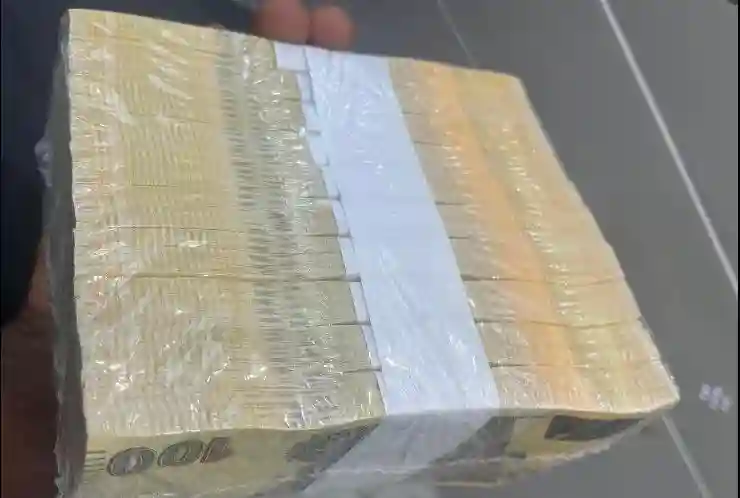In less than two months, the Zimbabwean dollar has crossed a notable threshold, falling below 20,000 against the US dollar. This decline occurred after it had previously dropped below the 10,000 level in late January, as reported by Bloomberg.
On Friday, March 22, the Zimbabwean dollar was trading at 20,389 per greenback, indicating a cumulative decline of 70% since the beginning of the year. This places it among the world’s currencies with the poorest performance.
The decline in the local currency’s value has not elicited a strong reaction from fiscal or monetary authorities, except for their acknowledgement that they are actively developing a “structured currency”.
While the specific form of the structured currency remains uncertain, there is speculation that it could be backed by gold.
The Reserve Bank of Zimbabwe (RBZ) has delayed the release of its monetary policy statement while the currency plans are being drafted.
Michael Ashley Schulman, chief investment officer and partner at Running Point Capital Advisors said that the postponement has caused anxiety locally, but most outside investors have already abandoned Zimbabwe’s currency. Said:
The major concern for people in the country is that if Zimbabwe does switch to a gold-backed currency, they will do it at an exchange rate favourable to the new currency and unfavourable to citizens, thus leading to a further last-minute devaluation. In other words, if you have Zimbabwean dollars, you want to spend them as quickly as possible on something tangible.
However, having a gold-backed currency won’t necessarily stop future devaluations from occurring, Schulman added. He said, “The government can still print money and change its currency ratios.”
More: Pindula News

